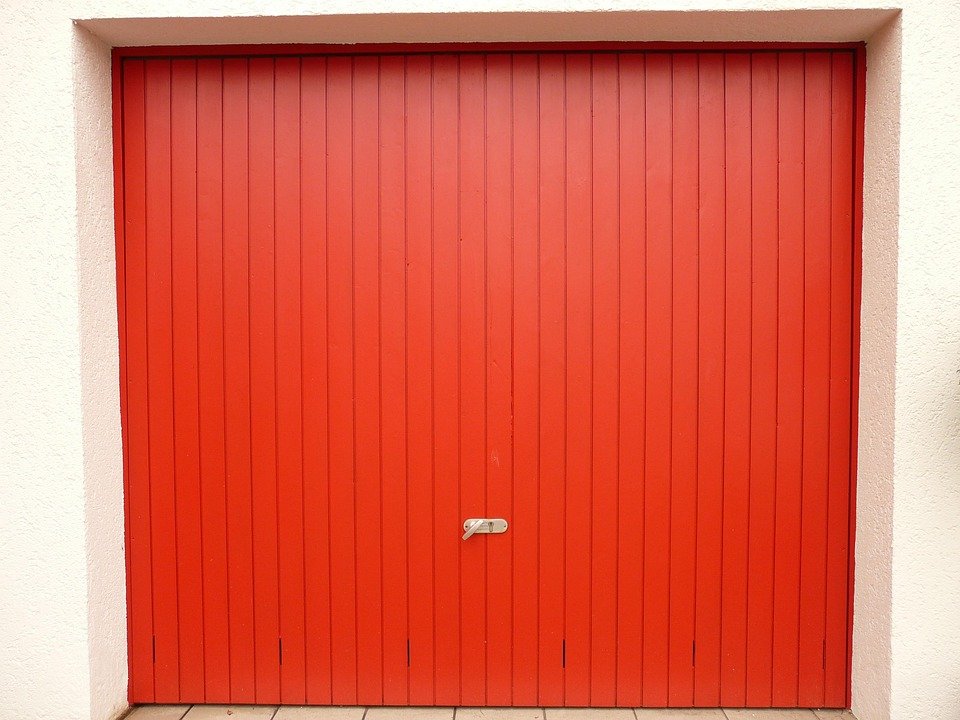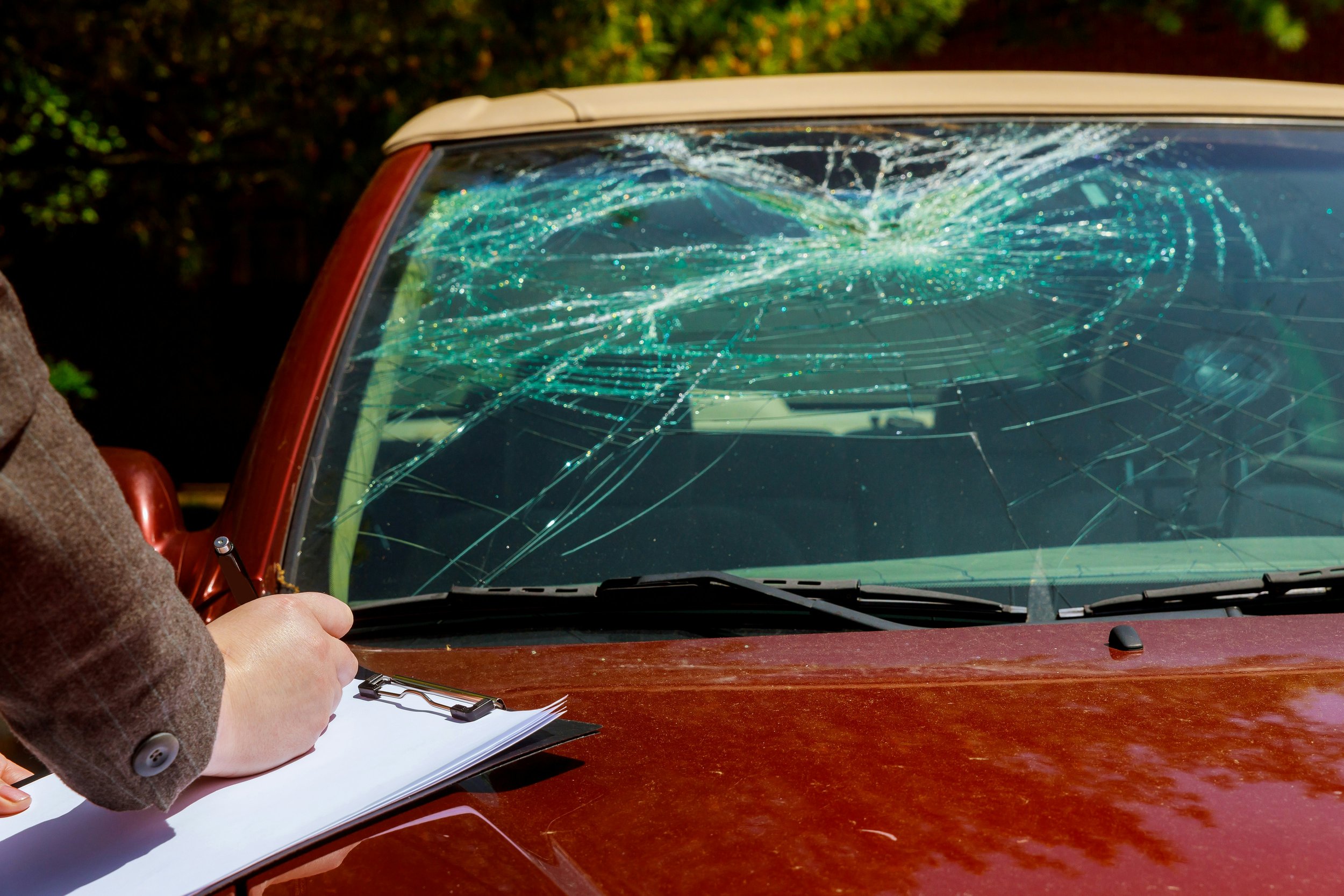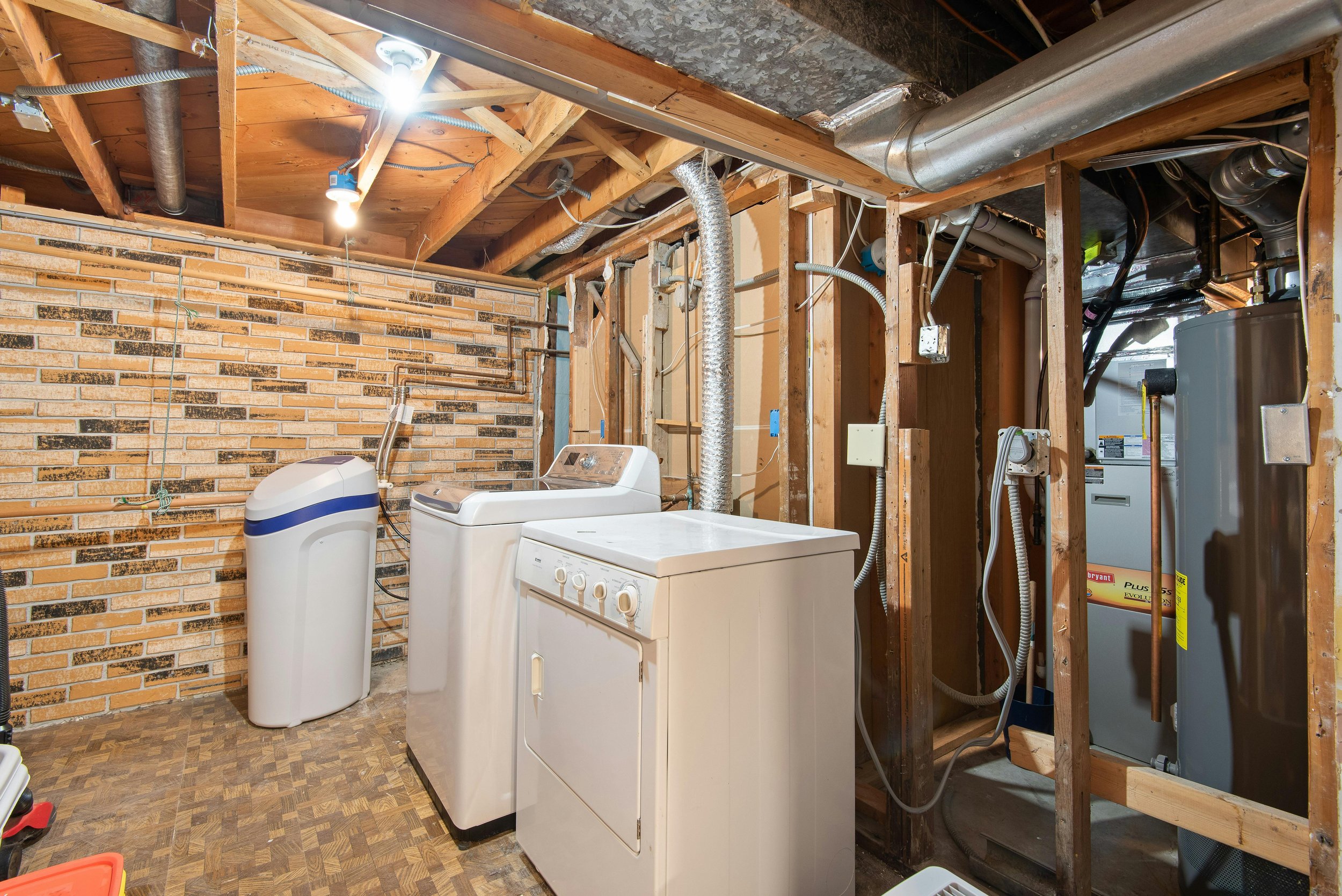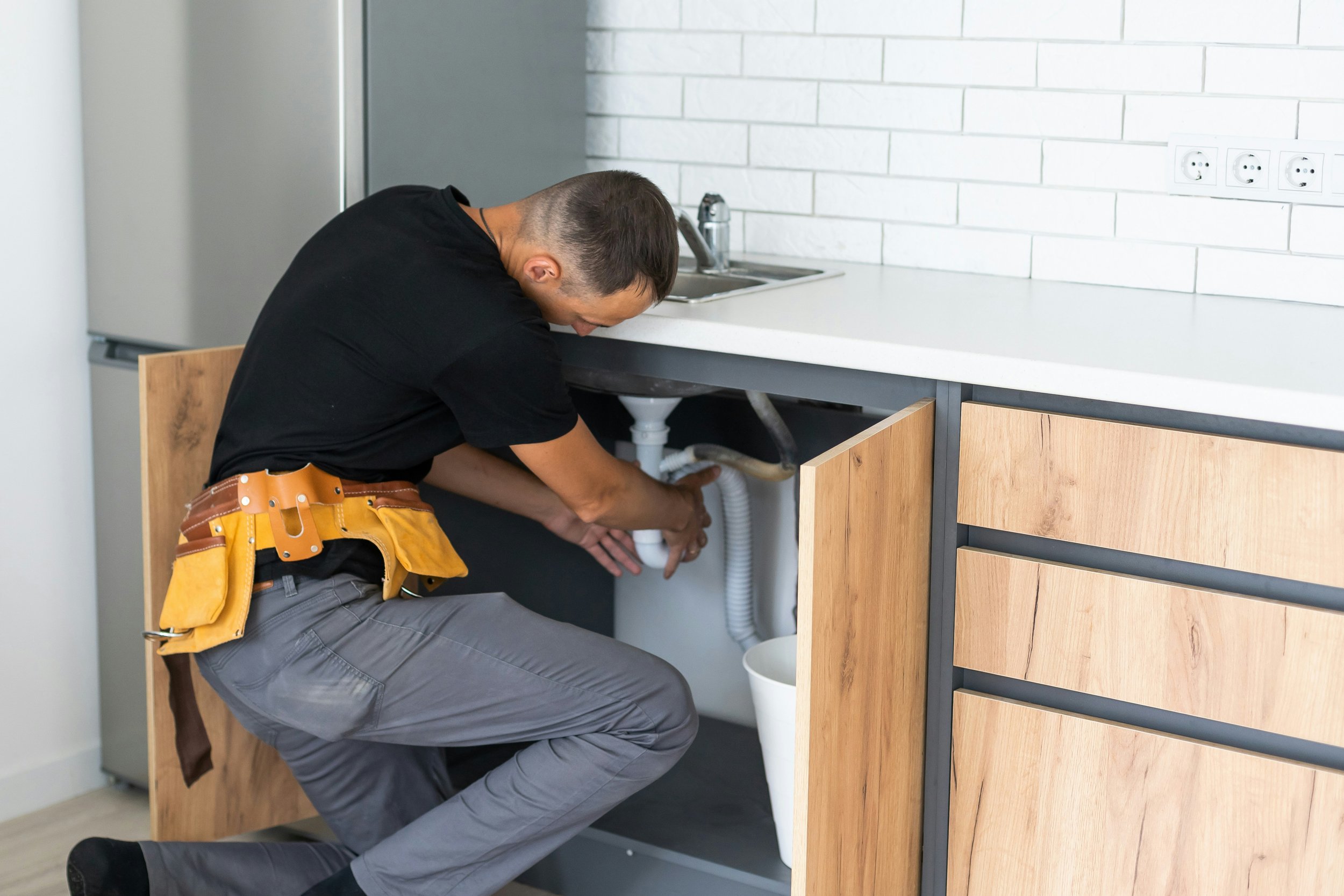How to Repair a Broken Window Seal
Dealing with a foggy window? Learn how to repair a broken window seal with this easy-to-follow guide. Save money and keep your windows efficient with these quick fixes!
Ever noticed condensation or a foggy appearance between the panes of your double-pane windows? If so, you’re probably dealing with a broken window seal. A broken seal can be more than just an eyesore—it can lead to drafts, reduced energy efficiency, and even damage to the window itself. But before you start worrying about replacing the entire window, here’s the good news: you can fix it yourself! In this guide, we’ll walk you through how to repair a broken window seal, step by step, so you can save your windows and keep your home looking sharp. Ready to dive in? Let’s do this!
What is a Window Seal, and Why Does it Matter?
Let’s start with the basics: what exactly is a window seal? Well, in double-pane or insulated windows, the seal is the airtight barrier that keeps the insulating gas (like argon) inside and moisture outside. This gas helps your windows insulate your home effectively, keeping it cool in the summer and warm in the winter.
But when the seal is broken, that gas escapes, and moisture sneaks in between the panes, causing that foggy, cloudy look we all dread. A broken window seal doesn’t just look bad—it can also make your windows less energy-efficient, meaning your home’s heating and cooling systems have to work harder. So, if you’ve spotted condensation or fogging, it’s time to figure out how to repair a broken window seal!
Common Signs of a Broken Window Seal
Not sure if your window seal is broken? Here are some tell-tale signs:
Condensation Between Panes: The most obvious sign is fog or condensation between the two panes of glass.
Distorted or Foggy Glass: If your window looks foggy or blurry, especially on humid or rainy days, the seal is likely broken.
Drafts Near the Window: A draft around your window, even when it’s closed, could mean that the seal is compromised.
Visible Cracks or Gaps in the Seal: If you can see any cracks or gaps in the frame or along the edge of the glass, that’s a clear sign that the seal is damaged.
Now that you know what to look for, let’s talk about how to fix it.
How to Repair a Broken Window Seal
Ready to roll up your sleeves and get started? Here’s how to repair a broken window seal in a few straightforward steps.
Step 1: Gather Your Tools and Materials
Before you get started, make sure you have the following tools and materials:
Utility knife or razor blade
Caulking gun
Window sealant (weatherproof and made for windows)
Putty knife
Replacement glazing or desiccant (if necessary)
Rags or paper towels for cleaning
Glass cleaner
Having all your tools ready will make the process much smoother, so don’t skip this step!
Step 2: Remove the Window Sash
If your window seal is damaged, you’ll need to remove the window sash (the part of the window that holds the glass) to access the affected area. This is usually pretty simple:
Unlock the window and raise it slightly if it’s a double-hung window.
Pop out the sash by tilting it inward. Be careful, as windows can be heavier than they look!
Once the sash is out, place it on a flat surface where you can work on it comfortably.
Step 3: Cut Away the Old Sealant
Using a utility knife or razor blade, carefully cut away the old, damaged sealant around the edges of the glass. Take your time here—there’s no rush. The goal is to remove all the old sealant without damaging the glass or the frame.
Pro Tip: If the sealant is tough to remove, gently heat it with a hairdryer to soften it up.
Once you’ve removed the old sealant, use a putty knife to clean out any remaining residue or dirt. Make sure the area is as clean as possible before moving on to the next step.
Step 4: Apply New Window Sealant
Now for the fun part—applying the new sealant. Load your caulking gun with window sealant (make sure it’s weatherproof and designed for windows), and apply a smooth bead around the edges of the glass.
Apply evenly: Start at one corner and work your way around the entire perimeter of the window. Try to make the bead as even as possible—too much sealant can make a mess, while too little won’t seal the window properly.
Step 5: Smooth the Sealant
After applying the sealant, use your putty knife or a gloved finger to smooth it out. This ensures that the sealant is evenly distributed and creates a tight seal.
Clean as you go: Use a rag or paper towel to wipe away any excess sealant before it dries. You want the sealant to look neat and tidy!
Step 6: Reinstall the Window Sash
Once the new sealant is applied and smoothed, it’s time to reinstall the window sash. Carefully lift it back into place, making sure it’s aligned properly.
Pro Tip: Give the sealant plenty of time to dry before reinstalling the sash. Check the manufacturer’s instructions for drying times.
Should You Repair or Replace a Broken Window Seal?
This is the million-dollar question, right? Sometimes, repairing a broken window seal is a perfectly fine option, especially if the damage is minimal and you catch it early. But in some cases, especially if the window is older or severely damaged, replacing the entire window might be the better choice.
When to Repair:
The damage is isolated to a small section.
The window is relatively new and in otherwise good condition.
You’re comfortable doing a DIY fix.
When to Replace:
The window is old and has additional issues like frame damage or rot.
The fogging or condensation is extensive and affects visibility.
The window no longer insulates properly, leading to higher energy bills.
Remember, how to repair a broken window seal depends on the extent of the damage. In many cases, a repair will do the trick, but if your window is beyond saving, replacement might be the smarter long-term solution.
Preventing Future Window Seal Damage
Now that you’ve fixed your broken window seal, let’s make sure it doesn’t happen again anytime soon. Here are some tips to prevent future damage:
Avoid harsh cleaners: Strong chemicals can degrade the seal over time. Stick to mild glass cleaners and soft cloths.
Control humidity: High humidity levels can cause seals to fail more quickly. Use a dehumidifier in your home if moisture levels are high.
Regular inspections: Keep an eye on your windows and check for any early signs of seal damage, such as small cracks or condensation.
Proper maintenance of your windows is essential for preserving their seals and ensuring long-lasting performance. Avoid using harsh cleaners, as strong chemicals can weaken the window seals over time. Instead, opt for mild glass cleaners and soft cloths to gently clean the glass without causing damage. Managing indoor humidity is also important—high humidity levels can speed up seal deterioration, so consider using a dehumidifier if moisture levels are elevated. Regularly inspecting your windows for early signs of seal damage, like small cracks or condensation, allows you to address issues before they worsen, ultimately extending the life and efficiency of your windows.
Conclusion
So, now you know how to repair a broken window seal! Whether you’re dealing with minor condensation or a full-on foggy mess, this guide has given you the tools you need to tackle the problem head-on. A broken seal doesn’t mean your window is a goner—it just means it needs a little TLC. With a bit of effort and some sealant, you’ll have your windows looking crystal clear and insulating your home like a pro in no time. So go ahead, give it a shot—you’ve got this!
Frequently Asked Questions
1. Can I repair a broken window seal without removing the window?
Yes, in some cases you can repair the seal without removing the entire window. However, for more extensive damage, removing the window sash is usually the best option.
2. How long does it take to repair a broken window seal?
The repair process can take a couple of hours, depending on your level of experience and the extent of the damage. Don’t forget to factor in drying time for the sealant!
3. Will a broken window seal affect my energy bills?
Yes, a broken seal can allow heat or cold to escape, causing your HVAC system to work harder and raising your energy bills.
4. Can I use regular caulk to fix a broken window seal?
No, it’s important to use a weatherproof window sealant designed specifically for windows. Regular caulk won’t stand up to temperature changes and moisture.
5. Is it worth repairing a broken window seal, or should I replace the window?
If the window is relatively new and the damage is minor, a repair is often worth it. But if the window is old or the damage is extensive, replacing the window might be a better investment in the long run.
































